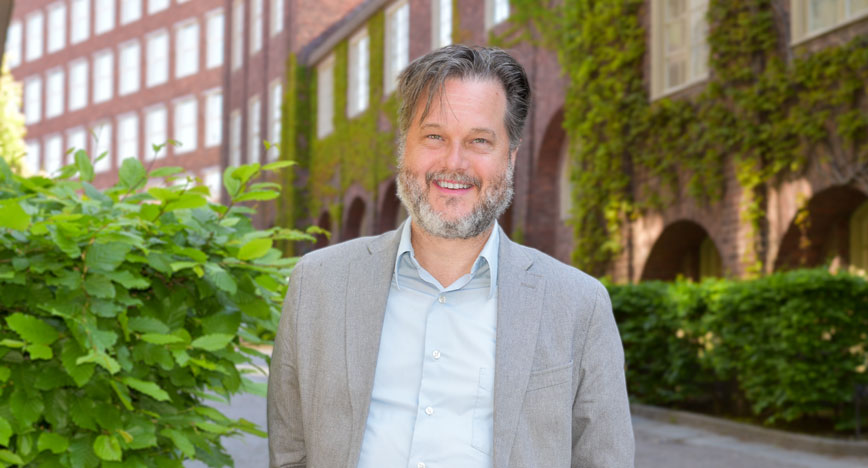Time for a restructure of EECS’ departments

Ann Lantz, Head of School, has decided to establish a new structure and management of the School of Electrical Engineering and Computer Science (EECS) departments. Deputy Head of School Joakim Lilliesköld will be responsible for developing a proposal. We asked him to explain what the project entails.
Joakim, why is this change being made?
Since the school merger, the current organisation has helped us grow. The school has increased its turnover by 300 million SEK since 2019. But with the merger, an organisation was created where the department was responsible for undergraduate education, and the divisions for research and postgraduate education. This setup, where no one is responsible for the whole, makes it difficult to lead as head of department and head of division.
Many say our organisation doesn't really work, but we have slightly different perceptions of the problem. Some feel that it is difficult to lead under current conditions. Most of today's departments at the school are so large that the head of department's job is close to a full-time job. Many also emphasise that the support does not work for the department or the division. Some also say they lack context in the current organisation; they go to work and do their tasks but lack context.
What are the implications for the school's divisions?
It depends on how we choose to develop our organisation. One important thing that emerges from the discussions we have had so far is that, in most cases, the culture is embedded in the divisions.
In many cases, divisions are of such a size that they function as departments, and if a division as a whole becomes a department, the practical changes need not be so great. It may also be the case that departments see a need to merge to reach critical mass or because they see other synergies for the future. Then, of course, the changes and consequences will be bigger.
We strive for an organisation that becomes flatter and that people feel a shorter distance to the head of the department and school management. And that you get a manager who has overall responsibility.
How will each new department be managed?
We have only set a framework for the management mission, i.e., head of department, deputy head of department, etc. Again, they are one of the frameworks we are working on and will develop in discussion with those who currently lead our departments and divisions.
The head of the department should be overall responsible, but whoever has responsibility must also be authorised to carry out that task and be adequately supported. We want to create an organisation with committed managers equipped to do a good job. This is how we believe we can continue to be successful.
Are there exceptions to this new organisation?
No, if you want to make a change, it has to apply to everyone. As soon as you start exempting one part, the incentives and willingness for everyone else to change tend to be eroded.
When will the proposal be finalised and when will the new institutions be up and running?
By the end of next year (2025) at the latest, a new organisation should be in place according to the decision, but by September 2025 at the latest, we should describe what the new organisation should look like.
